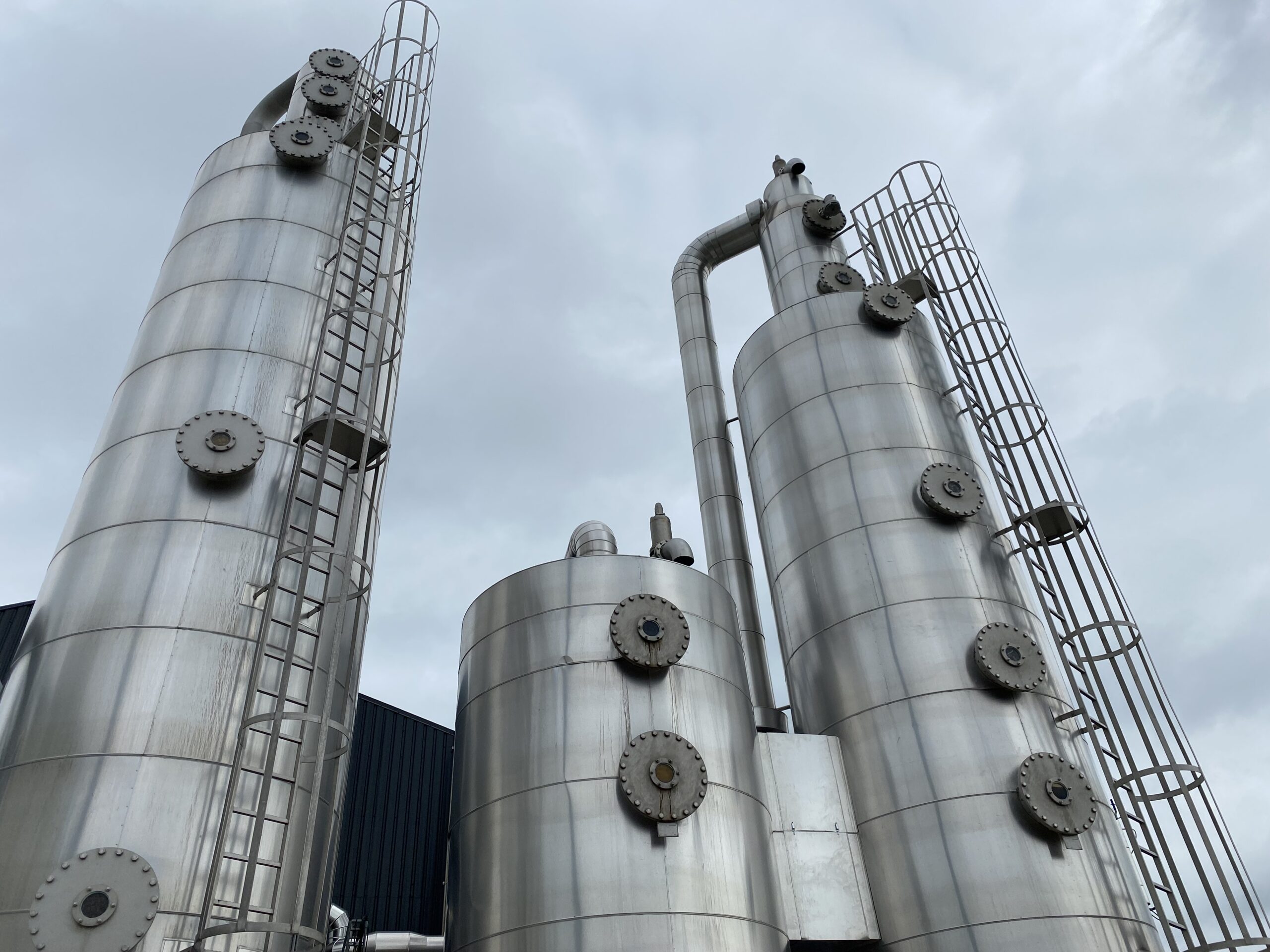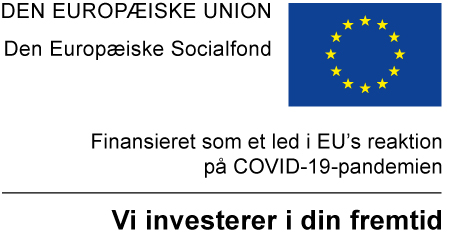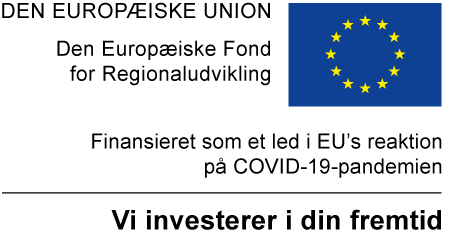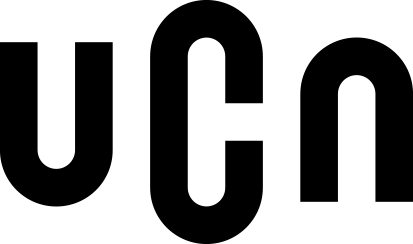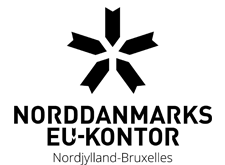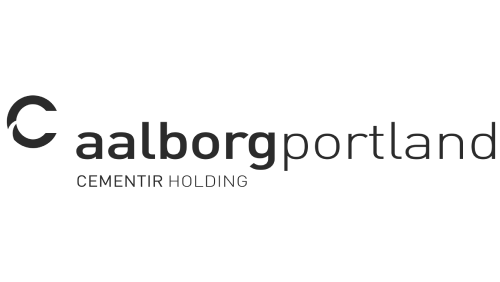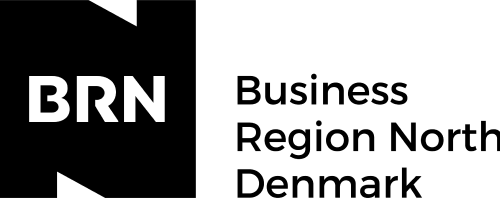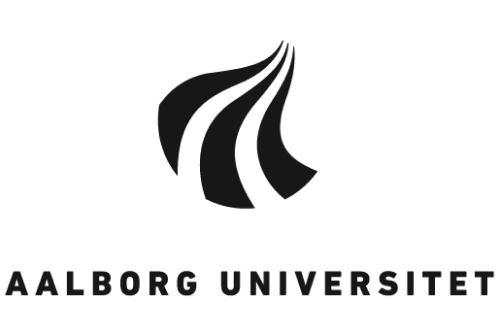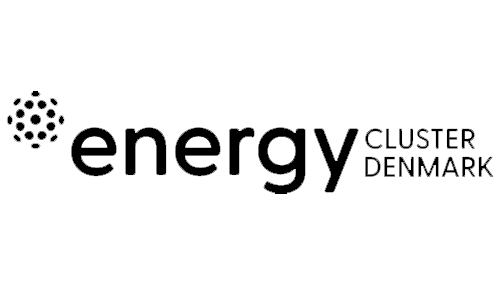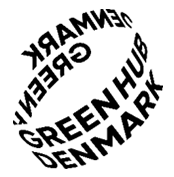Agriculture takes up a lot of space in Vesthimmerland – and it must continue to do so, also in a future with less CO2 emissions
In the CCUS Minilighthouse Vesthimmerland, in a green, public-private partnership, the potential of pyrolysis of agricultural biomass is tested, so that CO2 can be sequestered in the soil. It can – and that solution can even be exported.
Vesthimmerland is an agricultural country, and a great many pork chops and milk cartons have roots in the soil next to the Limfjorden.
This also means that a large part of agricultural production's CO2 emission rises from North Jutland. In Vesthimmerland alone, agriculture accounts for 74 percent of the municipality's total CO2 emissions.
Something is being done about this in the North Jutland lighthouse project 'CO2Vision', which seeks to build a new business area within the capture, storage and use of CO2 – what is also known as Carbon capture, utilization and storage (CCUS).
The project establishes eight test and demonstration sites, one of which is located in Vesthimmerland. The project, which is run by Vesthimmerlands Biogas (BioCirc), Lundsby Biogas and Vesthimmerlands Municipality, aims to establish a test pyrolysis plant where biomass from agriculture is separated and pyrolyzed into biochar. Biochar binds CO2, which would otherwise burden the climate, and at the same time has a soil-improving quality when it is spread on farmers' fields.
Separation technologies are tested
The challenge is that at a biogas plant, livestock manure and other waste products are fed into the biogas plant. But since a large part of what goes in is often more than 90 percent water, almost as much comes out again – just 15 to 25 percent is converted into gas.
"The dream scenario is therefore that you reprocess the digestate (what comes out of the biogas plant, ed.), so that you get clean water and upgraded nutrients in the form of nitrate, phosphorus and potassium. The clean water can, for example, be used for electrolysis, which is a necessary part of PtX", says Karsten Hjorth, CSO at project partner Lundsby Biogas.
The test site in Vesthimmerland investigates in CO2Vision which separation technologies are needed to get 100 percent clean water out and get a residual fraction that can be used for e.g. pyrolysis.
"We are working on a solution where, for example, half of the water is taken back to the farmer and spread out on the field to supply the field with the necessary nutrients", says Karsten Hjorth.
"We want to make dirty water clean and get a dry residual product which is good fertiliser. Among other things, people are interested in that in France, which currently pays €8-12 per tonne. It's a good business case for something we used to spend money and CO2 on shipping around," he says.
Good partnership
It also makes sense in the mayor's office, where it is well known that agriculture's share of municipal emissions is a challenge:
"Agriculture is a large part of the DNA on which the local community and business in Vesthimmerland is based. It is therefore an absolutely necessary resource - both now and in the future," says Per Bach Laursen, Mayor of Vesthimmerland Municipality:
"If by thinking pyrolysis technology into the equation, you can reduce agriculture's climate footprint, and thus make agriculture a significant player in the green transition, then it is a good example of a green public-private partnership that drives innovation," he says.
The project in CO2Vision is, among others, facilitated by Energy Cluster Denmark, where the Project Manager, Maria Kristiansen, sees great potential precisely in a region like North Jutland:
"In a region with a lot of agriculture, an innovation project like the one here in Vesthimmerland is very relevant. Not only can the project and the good results be scaled up, but there is also fertile ground for great knowledge sharing across the partnership and further afield", she says.
